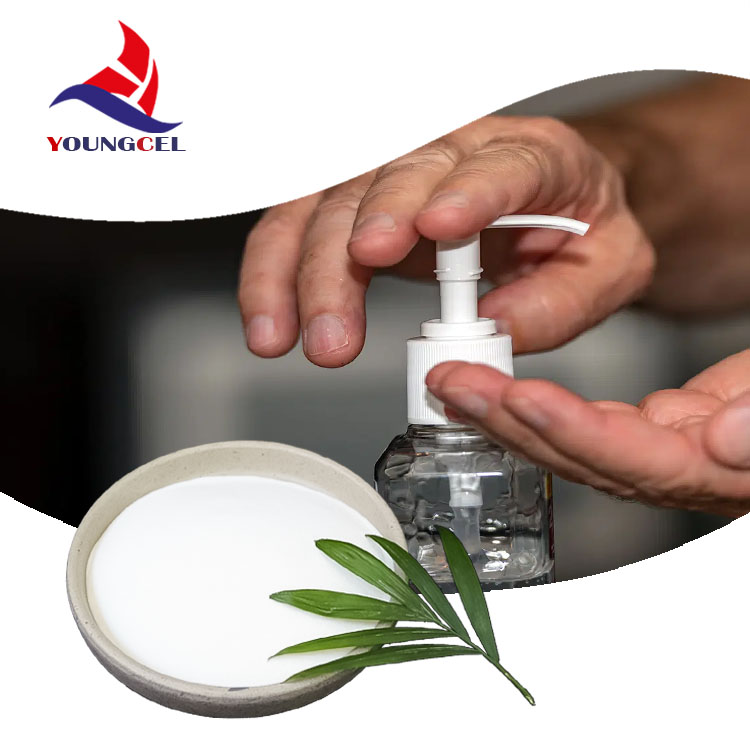Understanding HPMC in Construction Chemicals
Hydroxypropyl Methylcellulose (HPMC) is a versatile biopolymer widely utilized in the construction industry, especially as a component of construction chemicals. Its unique properties make it an essential additive in various applications, ranging from mortars and plasters to tile adhesives and surface treatments. This article explores the characteristics, applications, and benefits of HPMC in construction, illuminating its critical role in enhancing the performance and quality of construction materials.
What is HPMC?
HPMC is a cellulose ether derived from natural cellulose. It is modified through a chemical process that introduces hydroxypropyl and methyl groups into the cellulose structure. This modification alters the solubility and functional characteristics of cellulose, making HPMC water-soluble and enabling it to dissolve in a range of solvents. The result is a fine white powder that, when mixed with water, forms a gel-like solution.
Key Properties of HPMC
1. Water Retention One of the standout properties of HPMC is its exceptional ability to retain water. This is crucial in construction applications, where maintaining moisture levels in mortars and other mixtures is essential for proper curing and strength development.
2. Thickening Agent HPMC acts as an efficient thickening agent, enhancing the viscosity of aqueous solutions without significantly altering other properties. This thickening capacity is vital for achieving desired consistency in adhesives and coatings.
3. Enhanced Workability The use of HPMC improves the workability of construction materials. For instance, it allows for smoother application and better binding properties in tile adhesives, making the installation process more efficient.
4. Adhesion Properties HPMC contributes to the adhesive strength of construction materials, ensuring that different components bond effectively. This is particularly important in applications such as tile laying, where strong adhesion is necessary for durability.
5. Chemical Resistance HPMC exhibits good chemical resistance, making it suitable for use in environments where construction materials may be exposed to chemicals or harsh conditions.
Applications of HPMC in Construction
1. Mortar and Plaster HPMC is commonly used in cement-based products like mortars and plasters. Its water retention properties allow for better curing, while its thickening ability ensures the mixture adheres well to various substrates.
construction chemical hpmc

2. Tile Adhesives In tile adhesives, HPMC enhances workability and adhesion, which are crucial for a successful tile installation. It allows for extended open time, giving installers more flexibility during application.
3. Joint Fillers HPMC is also found in joint fillers, where it aids in achieving the desired consistency and ensures that the filler remains workable for a longer period, facilitating ease of application.
4. Surface Treatments In surface treatments, HPMC helps polymerize coatings and improves resistance to water and chemicals, extending the life of surfaces subjected to environmental stress.
5. Render and Facade Systems HPMC is often included in render systems for facades, providing excellent water management and ensuring that aesthetic finishes can withstand weathering conditions.
Benefits of Using HPMC in Construction
The introduction of HPMC into construction materials offers numerous benefits
- Increased Durability By enhancing the mechanical properties of construction materials, HPMC contributes to their durability, making structures more resilient over time.
- Cost-Effectiveness HPMC can improve performance and reduce the amount of other, often more expensive, additives required, leading to more cost-effective construction solutions.
- Sustainability As a biopolymer derived from natural cellulose, HPMC is a more sustainable option compared to synthetic polymers, aligning with the growing demand for environmentally friendly construction practices.
- Versatility Its adaptability to various formulations allows for tailored solutions that meet specific project needs, making HPMC a go-to ingredient for construction professionals.
Conclusion
In summary, Hydroxypropyl Methylcellulose (HPMC) is a vital component of construction chemicals that enhances the performance of various materials. Its key properties, including water retention, adhesion, and workability, make it indispensable in applications such as mortars, tile adhesives, and surface treatments. As the construction industry moves towards increased sustainability and efficiency, HPMC stands out as a reliable and versatile additive, contributing to the overall quality and durability of construction projects. As we look to the future of building materials, the role of HPMC is likely to expand, supporting innovative applications and sustainable practices in the construction sector.
-
The Application and Significance of Construction RdpNewsMay.19,2025
-
Industrial Grade HpmcNewsMay.19,2025
-
Building Coating Adhesive Building Coating Adhesive HpmcNewsMay.19,2025
-
Application Of Hpmc For Detergent For Detergent In DetergentsNewsMay.19,2025
-
Application Of Hpmc Cellulose In Cement-Based MaterialsNewsMay.19,2025
-
Application Of High Quality Hpmc For Construction In The Field Of ConstructionNewsMay.19,2025




